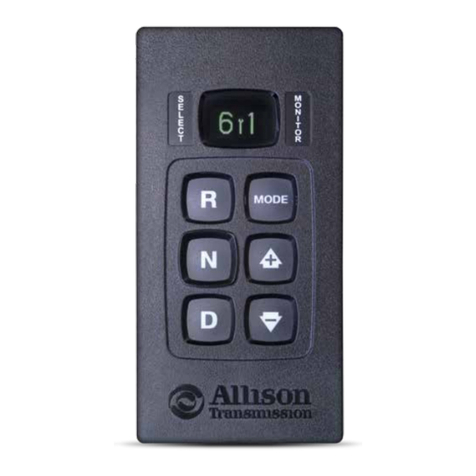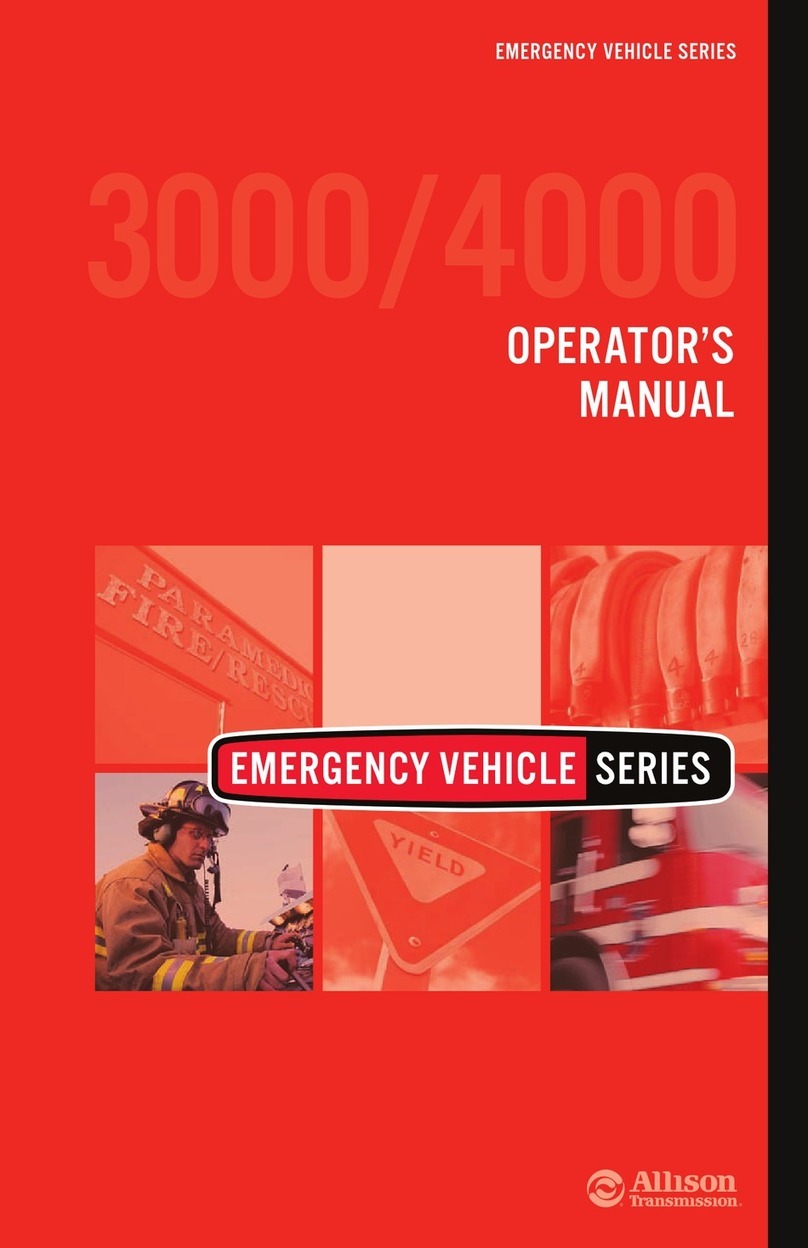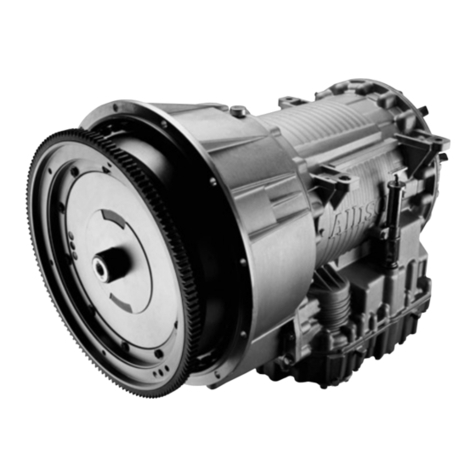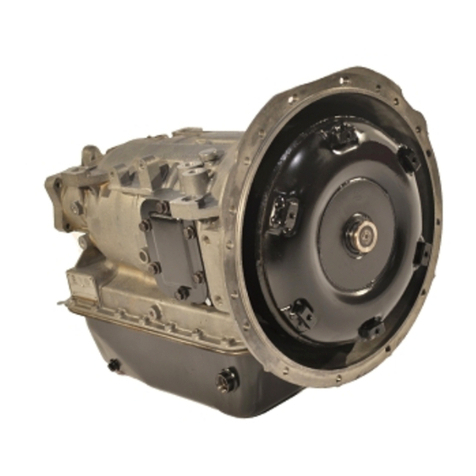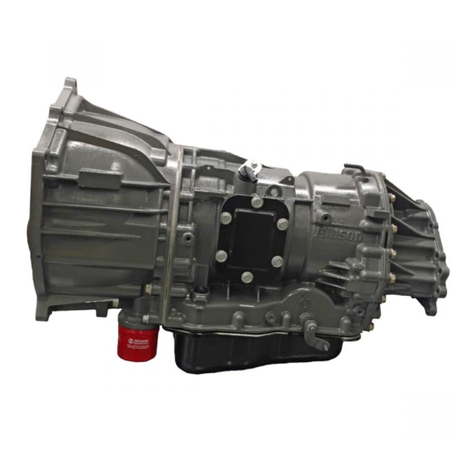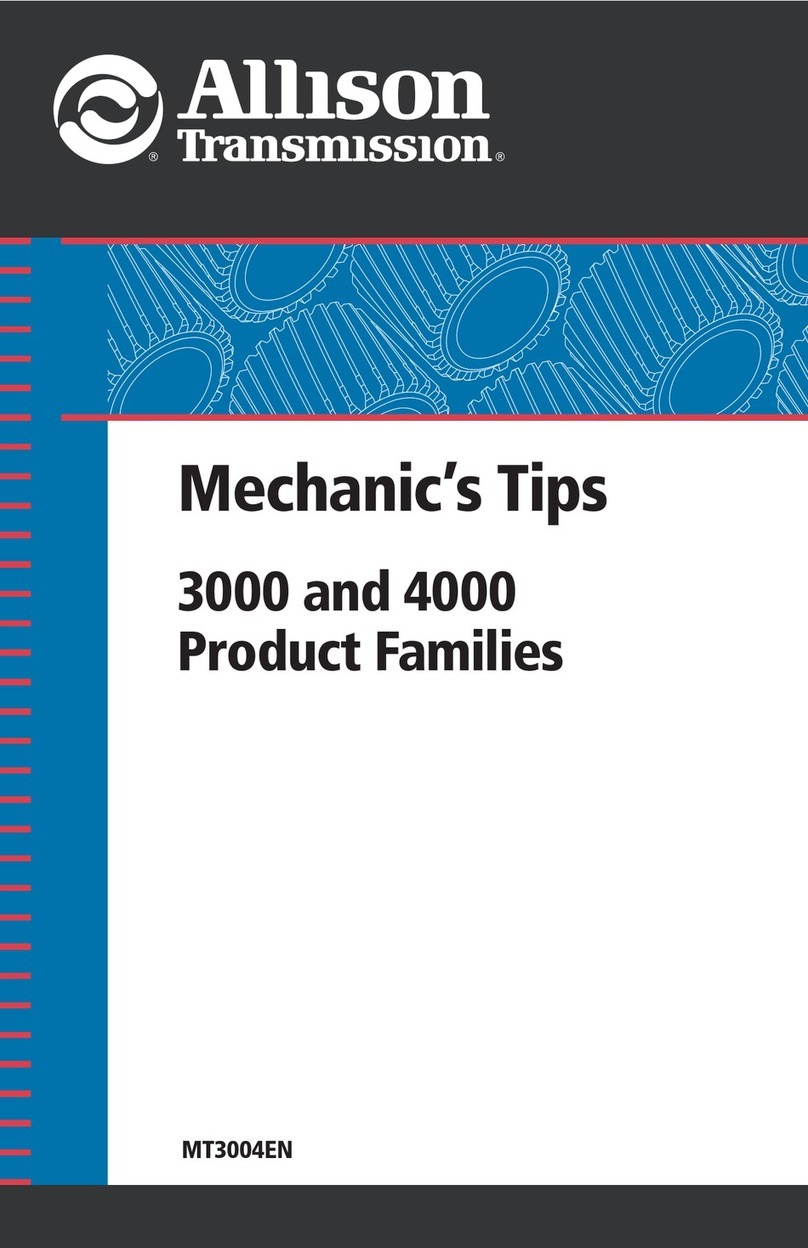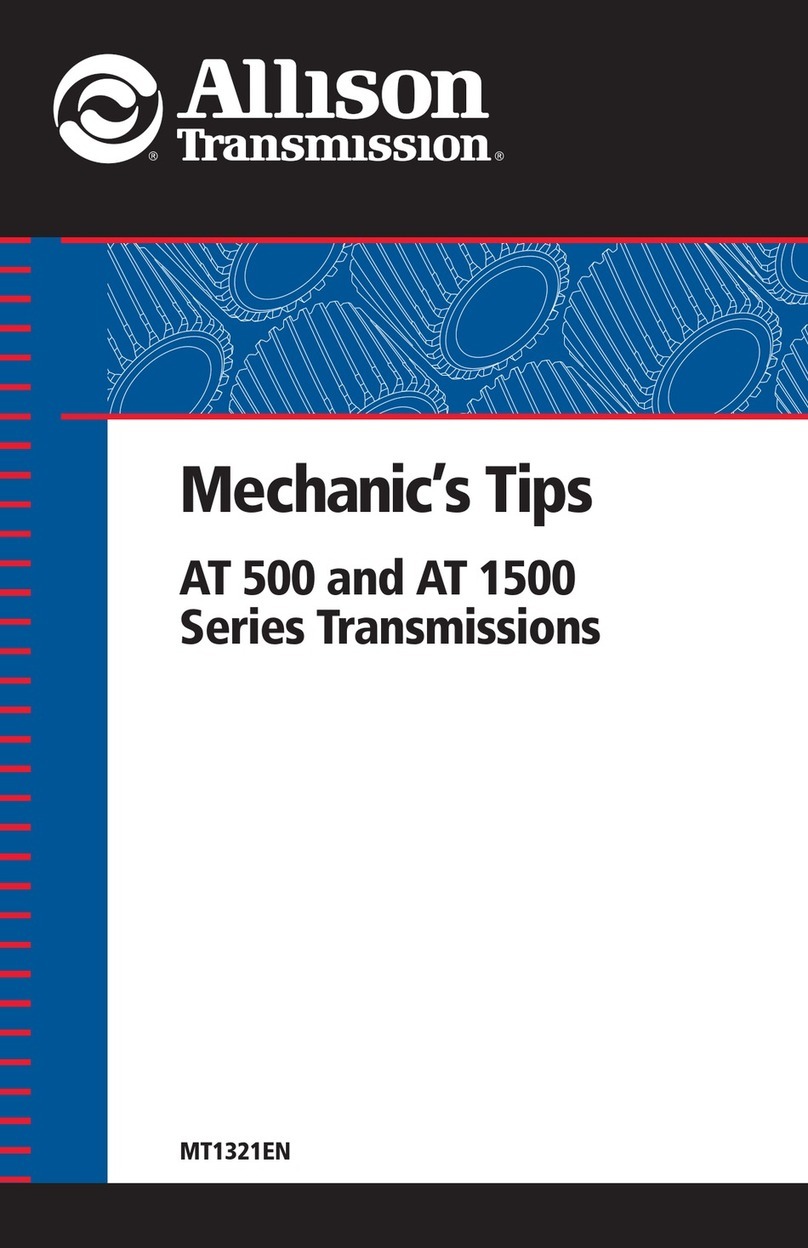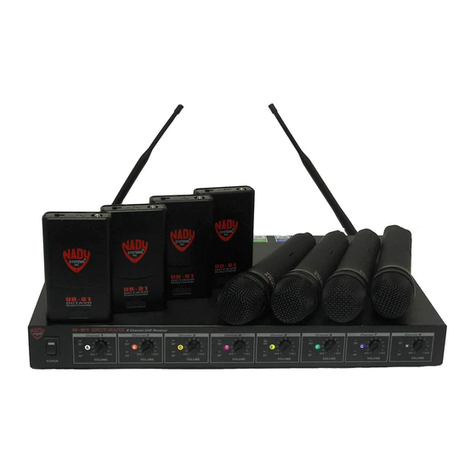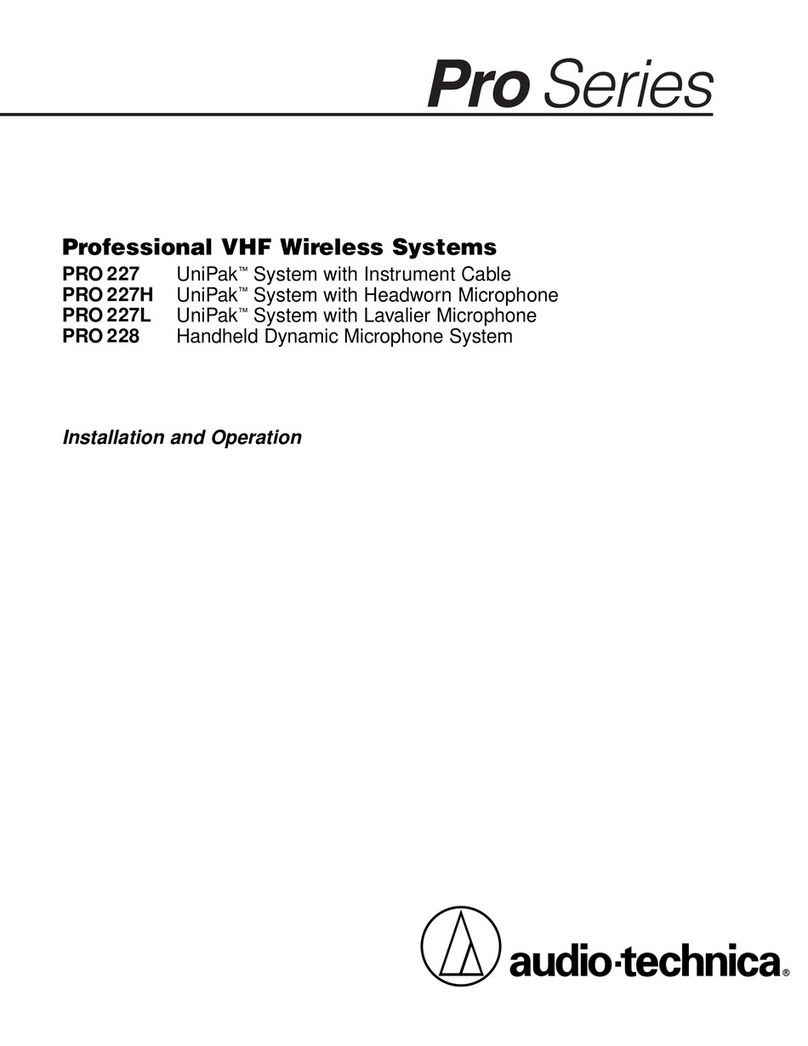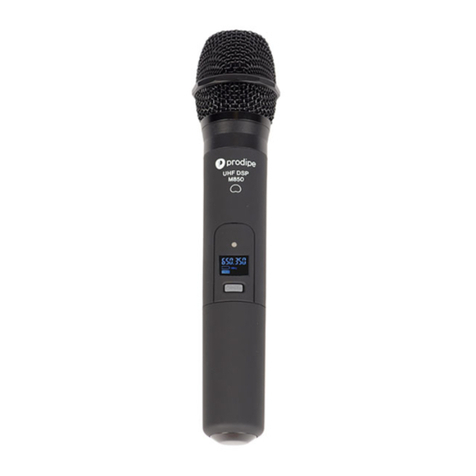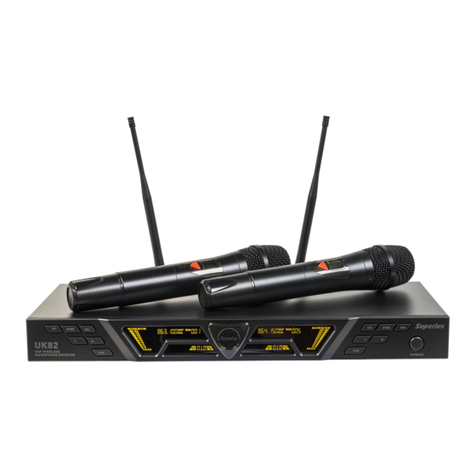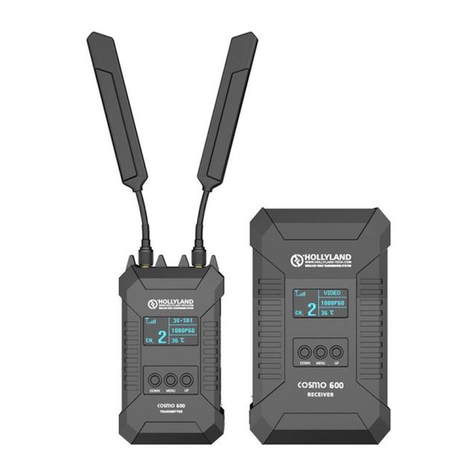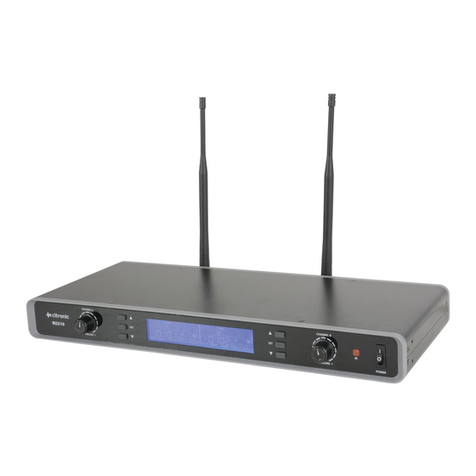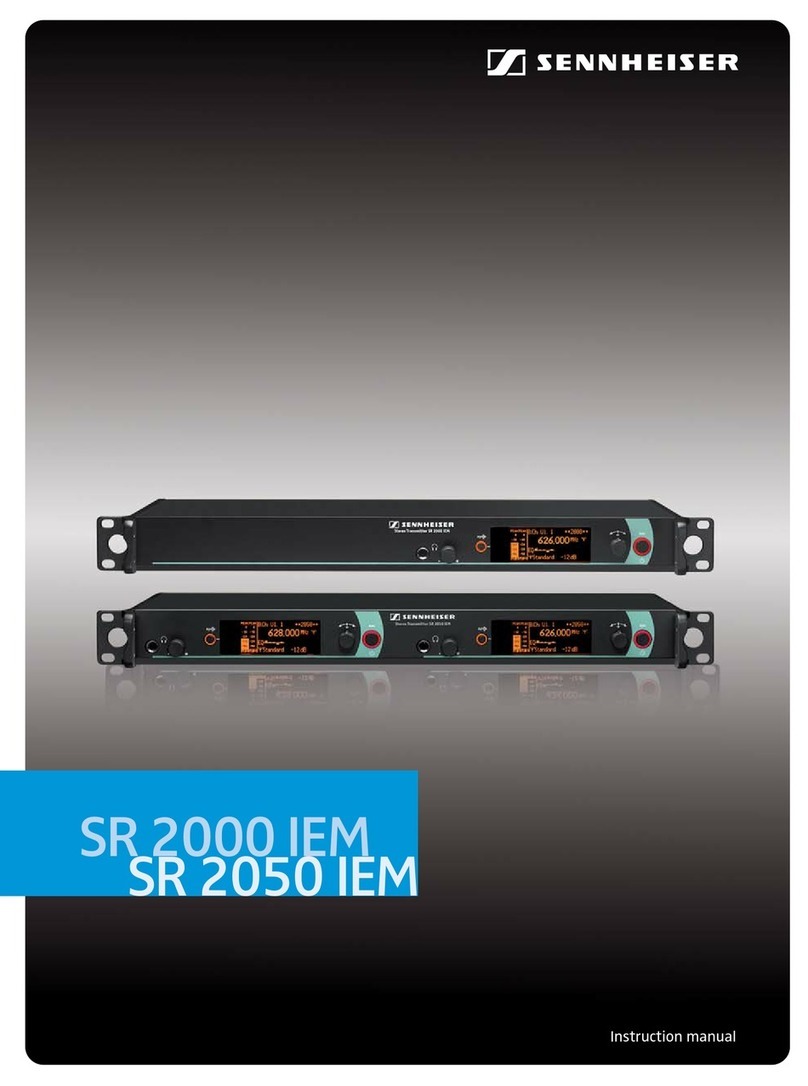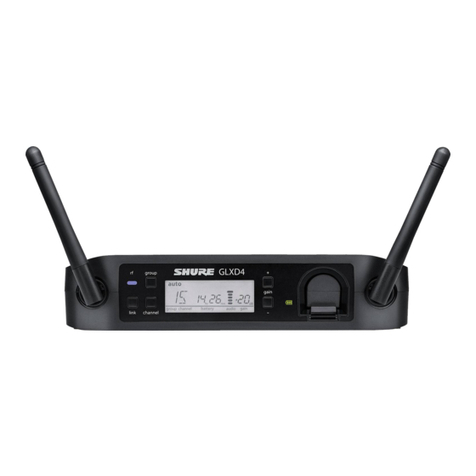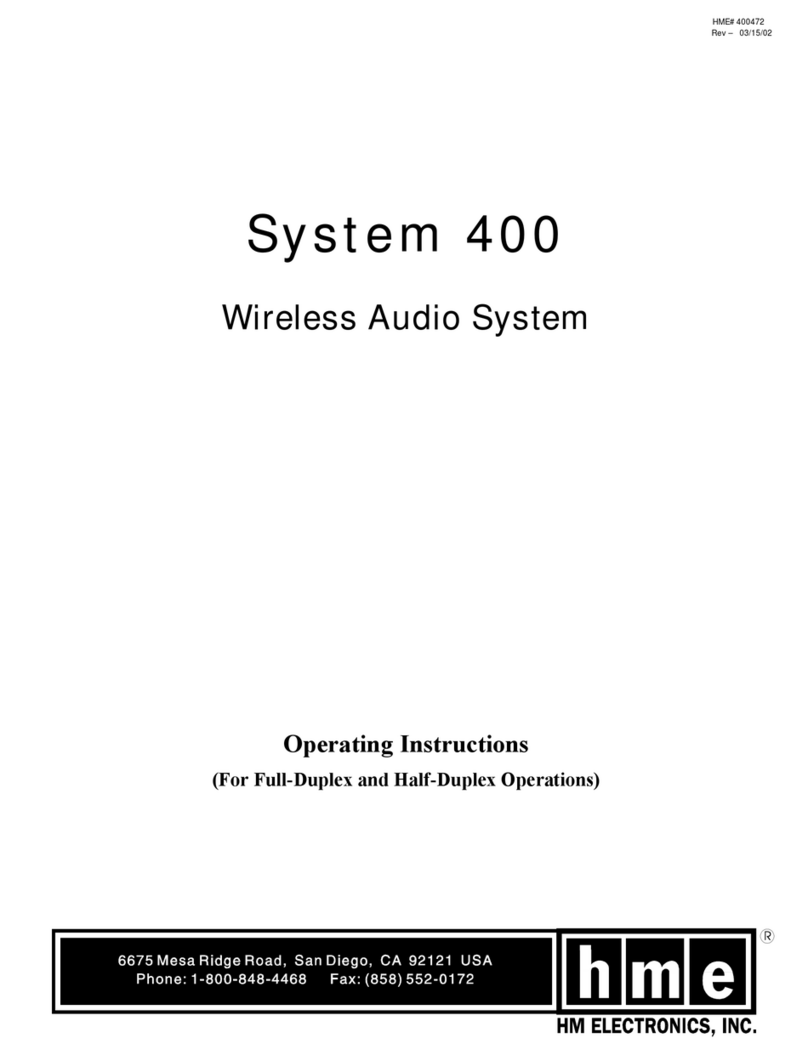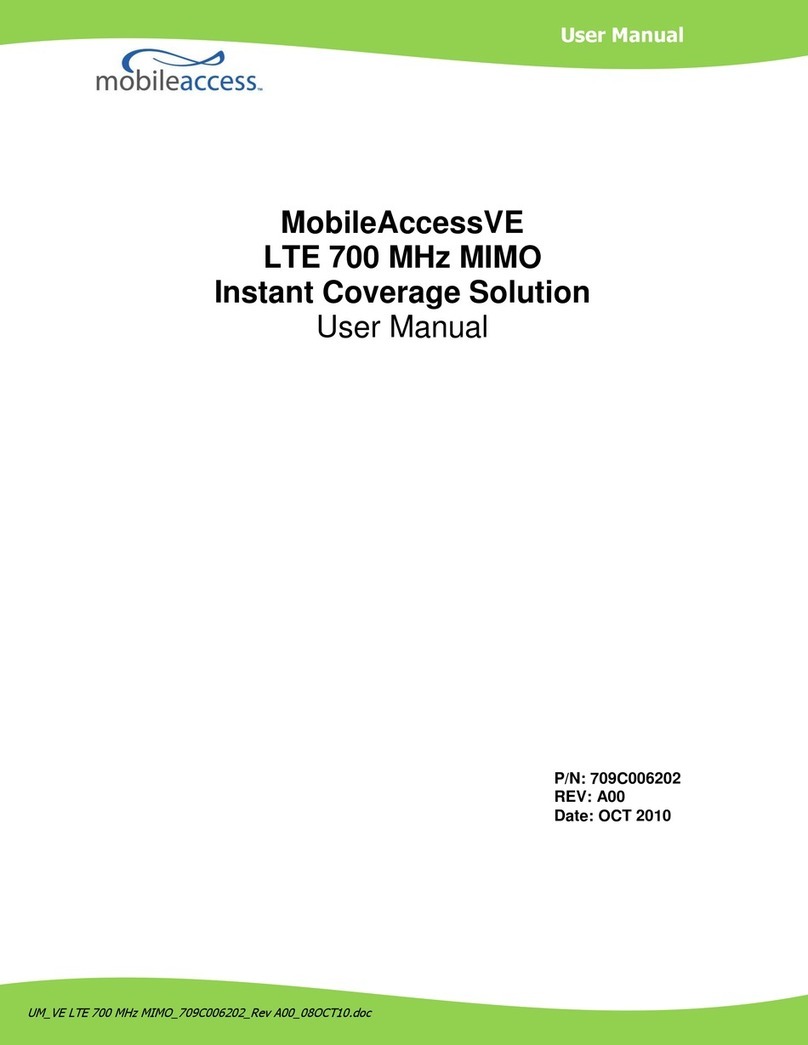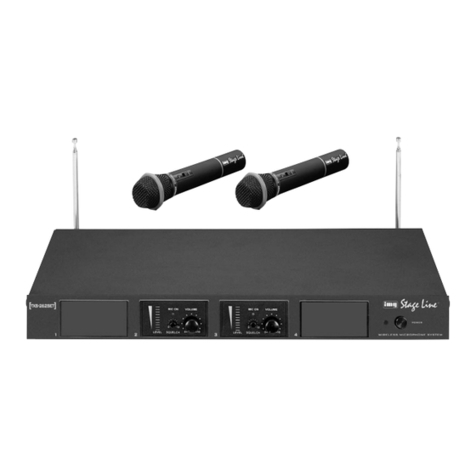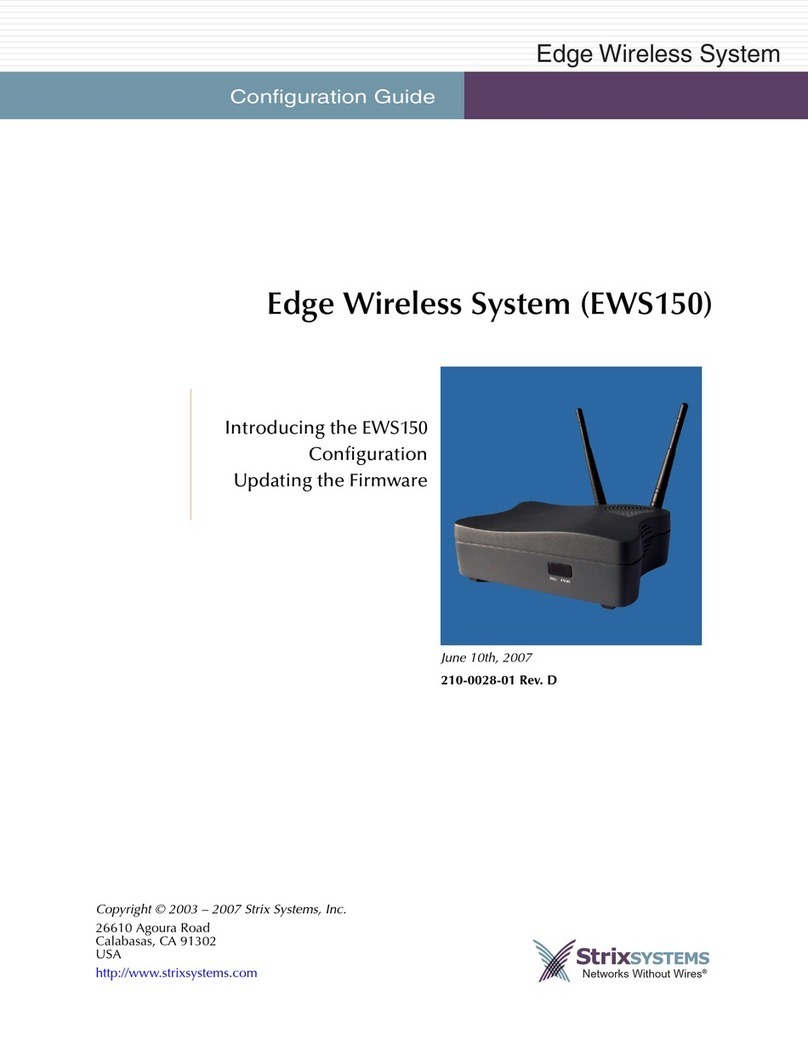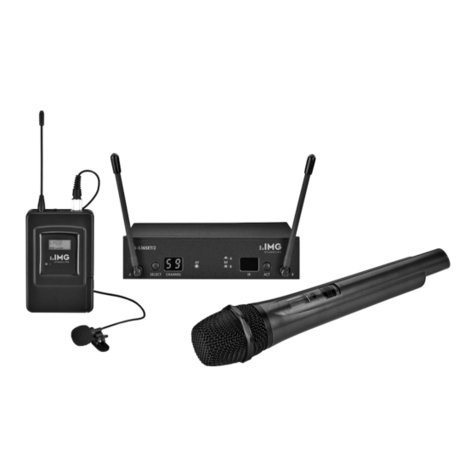15
RANGE SELECTION — HT 750DR, HT 750DR DB
R
Use this to back the vehicle. Completely stop the vehicle before shifting
from a forward range to
R
(Reverse) or from
R
(Reverse) to a forward
range. The reverse warning signal is activated when the shift selector is in
this position. Reverse operation provides the greatest tractive advantage.
Reverse has only one range.
N
Use this position when you start the engine. If the engine starts in any
other position, the neutral start switch is malfunctioning. Neutral position
is also used during stationary operation of the power takeoff (if your
vehicle is equipped with a PTO).
2–5
The transmission will initially attain 2nd range and, as vehicle speed
increases, the transmission will upshift to 3rd range, 4th range, and 5th
range automatically. As the vehicle slows down, the transmission will
downshift to the correct range automatically.
2–4
2–3
Occasionally, the road, load, or traffic conditions will make it desirable to
restrict the automatic shifting to a lower range. (When conditions
improve, return the selector to the normal
D
(Drive) position.) The
positions also provide a greater engine braking for going down grades
(the lower the range, the greater the braking affect).
WARNING: If you leave the vehicle and the engine is running, the
vehicle can move suddenly and you or others could be injured. If you
must leave the engine running, do not leave the vehicle until you:
• Put the transmission in N(Neutral)...and
• Apply the parking brake and emergency brakes and make sure they are
properly engaged...and
• Chock the wheels and take any other steps necessary to keep the
vehicle from moving.
WARNING: If you let the vehicle coast in N(Neutral), there is no
engine braking and you could lose control. Coasting can also cause
severe transmission damage. To help avoid injury and property damage,
do not allow the vehicle to coast in N(Neutral).
WARNING: If you just downshift or just use service brakes when going
downhill, you can lose control and cause injury and property damage.To
help avoid loss of control, use a combination of downshifting, braking,
and other retarding devices. Downshifting to a lower transmission range
increases engine braking and helps you to maintain control. The
transmission has a feature to prevent automatic upshifting above the
lower range selected. However, during downhill operation, if engine
governed speed is exceeded in the lower range, the transmission may
upshift to the next higher range. This will reduce braking and could
cause a loss of control.Apply the vehicle brakes or other retarding
device to prevent exceeding engine governed speed in the lower range
selected.




















